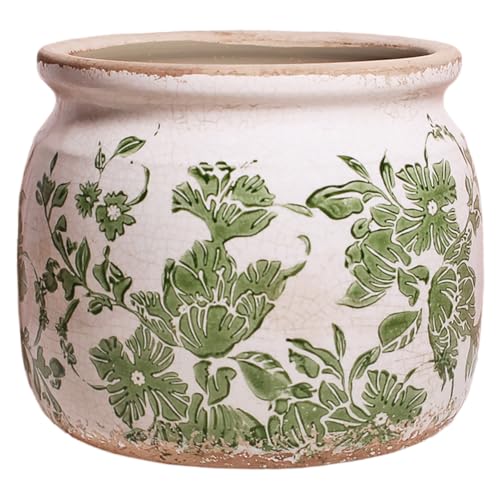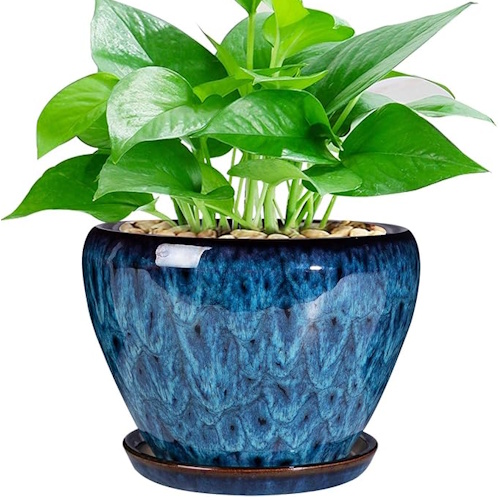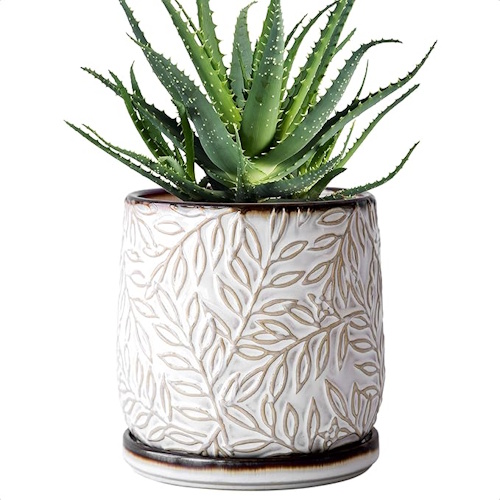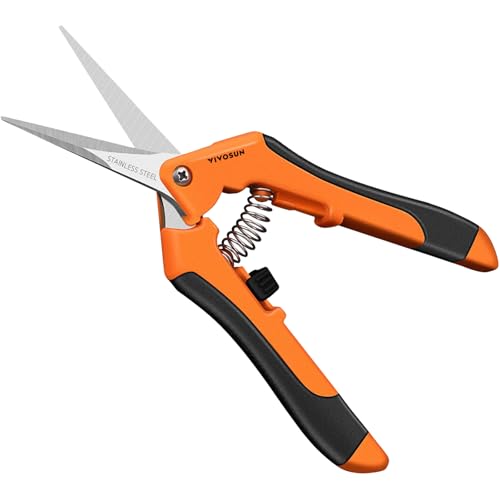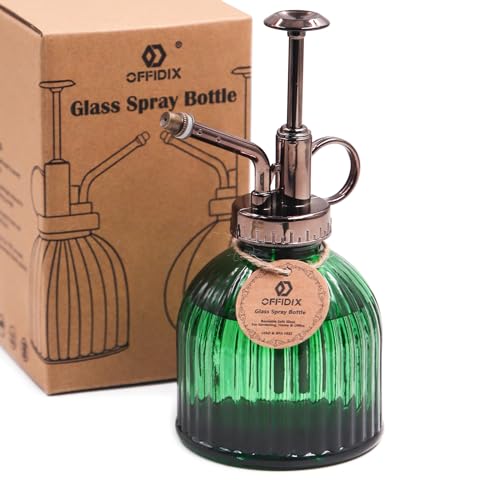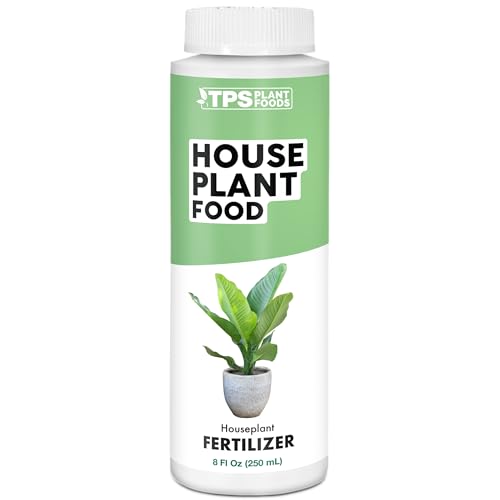What's your birth month houseplant? Discover which indoor plant you have a personal connection to and how to care for it successfully
Birth month houseplants are extra special to have in your home and make for meaningful gifts


Houseplants are my first love in gardening, and I'm the proud owner of an ever-growing indoor jungle. I enjoy collecting all kinds of indoor plants, but there is something special about having those with extra meaning behind them in your home – like birth month houseplants.
Just like birth month flowers, birth month herbs, and birth month trees, there are some specific houseplants associated with the 12 different months of the year. I think birth month houseplants make for beautiful gifts to loved ones and can uplift the feeling in your home with a personalized touch.
Intrigued to discover yours? Look no further. Here, I've outlined the 12 birth month houseplants, plus the symbolism behind them and some tips on how to care for them successfully.
What are birth month houseplants?
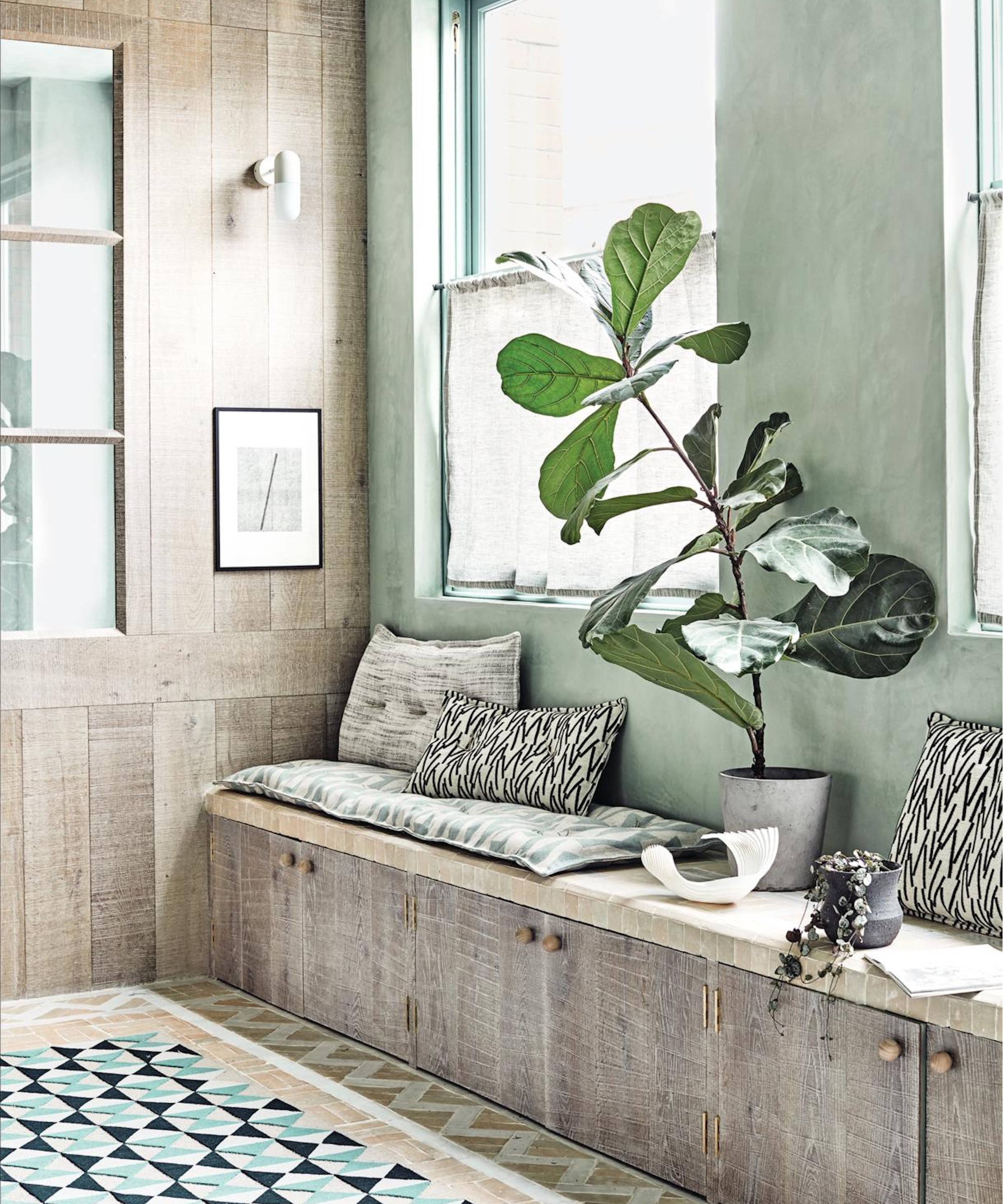
You may already be familiar with zodiac houseplants, those associated with the different zodiac signs.
While these houseplants are linked to astronomy, there is no official list of birth month houseplants as such. In fact, there are a few different lists that exist out there.
However, the one I explore below is commonly agreed upon with traits of the plants linked to the time of year and energy of those born in the corresponding month.
Here's everything you need to know about birth month houseplants and how to care for them:
Design expertise in your inbox – from inspiring decorating ideas and beautiful celebrity homes to practical gardening advice and shopping round-ups.
January: Snake plant
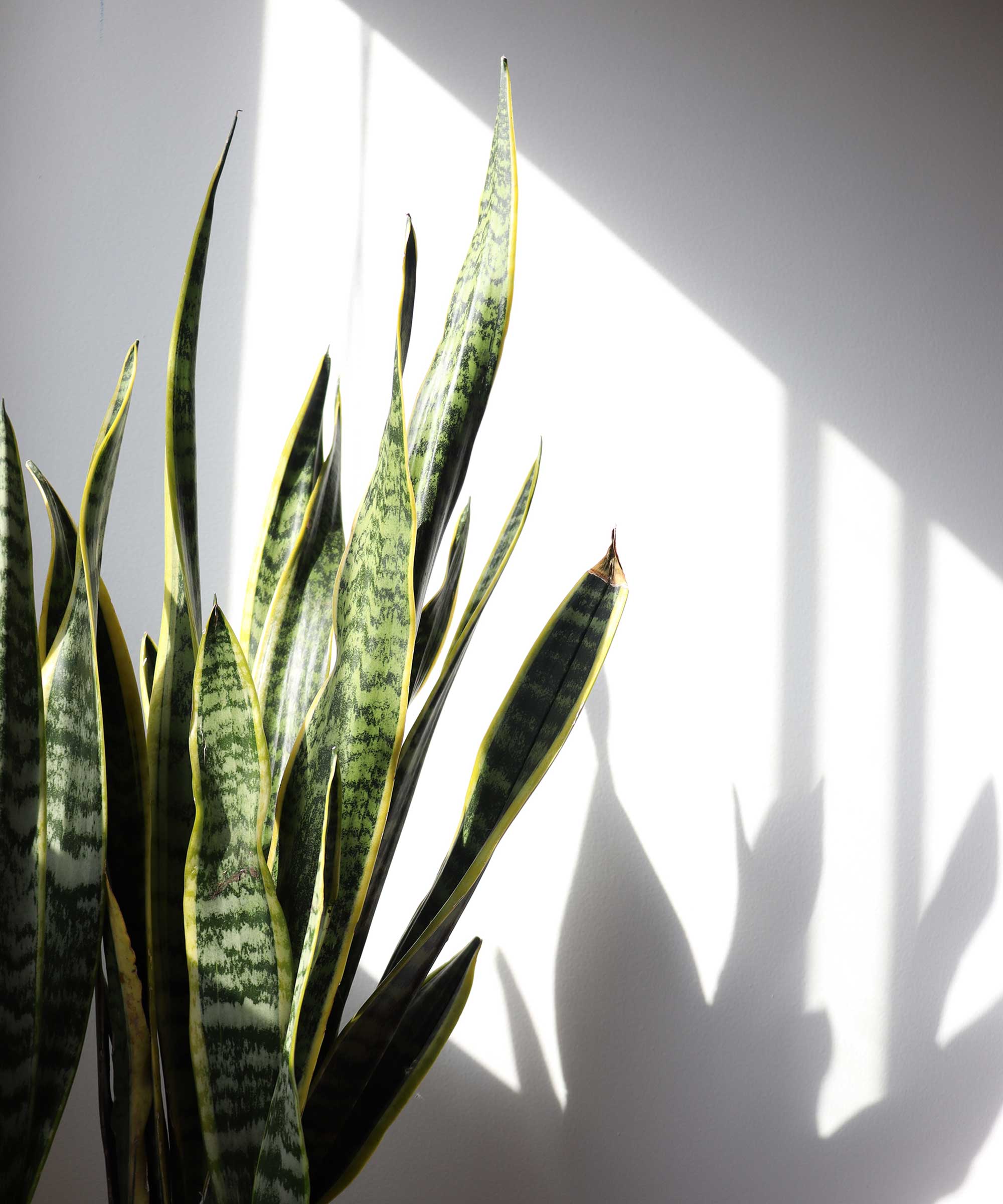
To start off the list of birth month houseplants, snake plant is given to those born at the start of the year.
There are a few reasons why this is the case. Snake plants are resilient, hardy plants, with architectural structure. Essentially, it's a strong houseplant for the most challenging time of year; winter.
Snake plant care is incredibly straightforward, too. The key is to provide bright light, but not place your snake plant in direct sun, which can scorch its leaves. They can even tolerate some lower light.
Make sure to also not overwater your snake plant; it could turn your snake plant yellow. I like to use this soil moisture meter from Amazon to check when the top two inches of the soil are dry, ready for watering.
Find a snake plant at Walmart.
February: African violet

Just as the first blooms of spring start to appear at the end of February to brighten up the dark days of winter, African violets are indoor flowering plants that bring a cheery feel to interiors.
They're often associated with representing beauty and elegance, thanks to their delicate blooms that sit on top of soft, velvety foliage.
African violets are fairly easy to care for, and you can actually get them to bloom at any point in the year. Things like this African violet fertilizer (from Amazon) can help encourage flowering.
These plants also need plenty of bright light to flower for longer, and if your African violet leaves are drooping, it might just be that it's underwatered.
Find an African violet plant from Walmart.
March: Peace lily
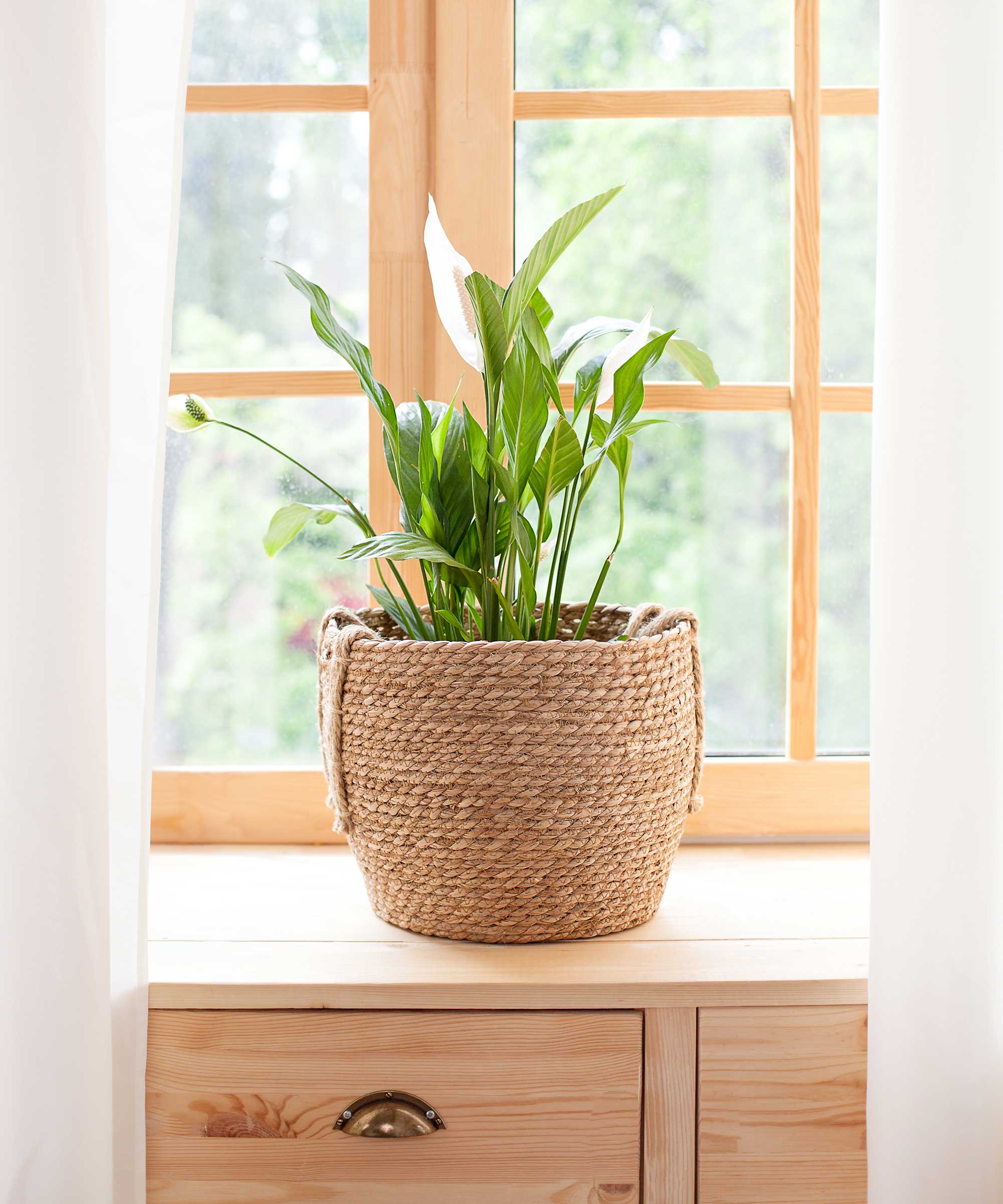
Another indoor plant that flowers all year round and one that embodies sophistication is the peace lily.
It's a flower often associated with renewal and hope, much like what the season of spring represents.
To care for a peace lily, place it somewhere with dappled sunlight. Too much sun may result in leaf scorch, so consider using these sheer curtains from Wayfair to protect it from intense sunlight.
You can encourage peace lilies to bloom again by cutting off your peace lily flower spike after flowering. You can use these pruning snips from Amazon to make a clean cut.
Peace lilies are available from The Sill.
April: Spider plant
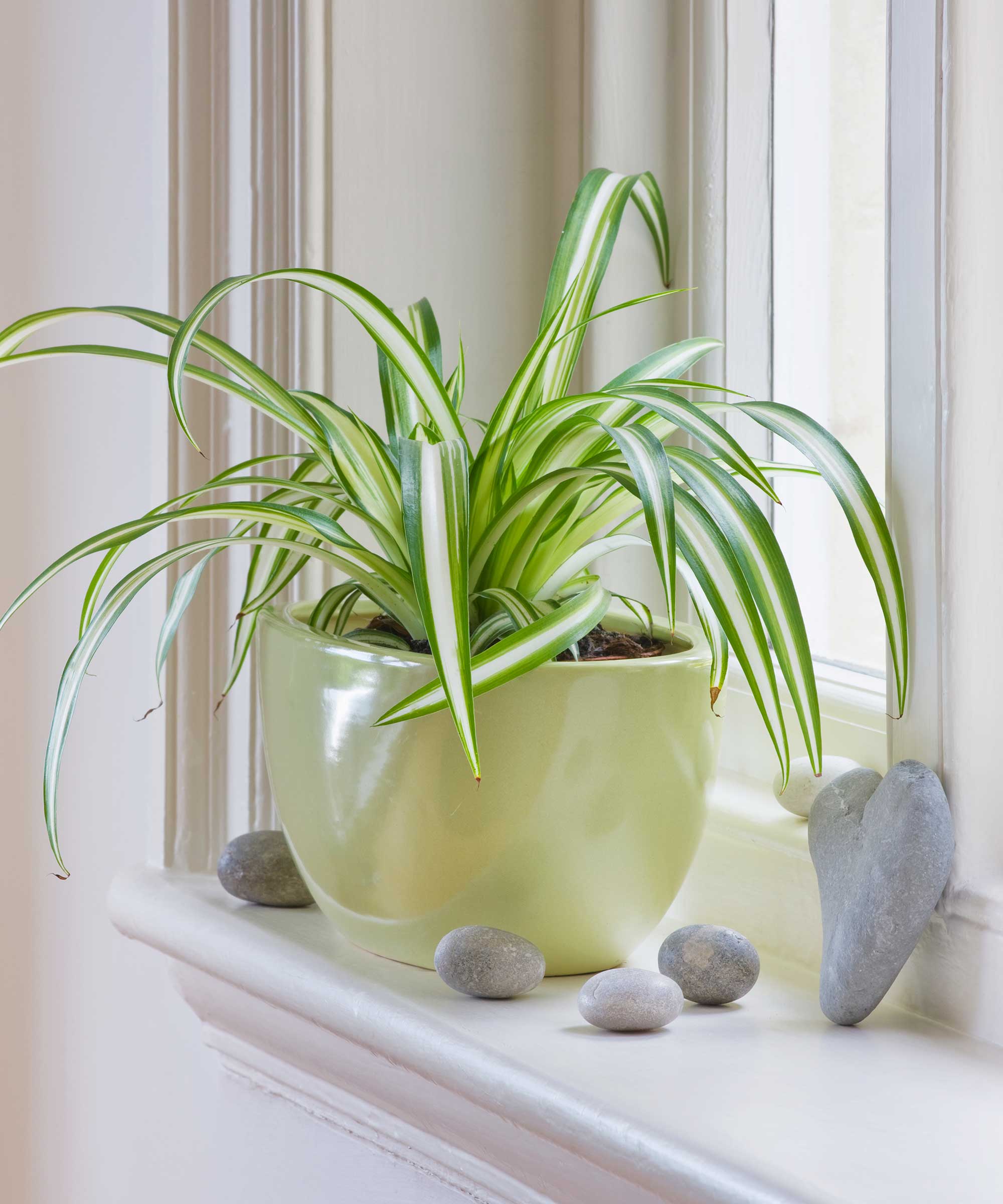
While a spider plant may seem like a random choice for April, it's actually the time of year you're most likely to spot your spider plant flowering with tiny white blooms.
There are lots of types of spider plant to choose from, too, if you're not a fan of the most common variety – Chlorophytum comosum 'Variegatum.' For example, this ocean spider plant from Walmart has much broader foliage.
You don't need any extensive houseplant experience to be successful with spider plant care. Simply select a spot with lots of bright light, water when its foliage looks a bit duller, and don't forget to repot when it outgrows its current container.
May: Philodendron

Just as there are so many different colors in bloom in the spring garden, philodendron offers a wide range of variegated indoor plants, leaf shapes, and sizes.
Some philodendrons can even be grown as indoor hanging plants, like this heartleaf philodendron from The Sill.
If you're a May baby and are keen to care for a philodendron in your home, prioritize fertilizing it during spring and summer to encourage new growth (with this philodendron fertilizer from Amazon).
These plants also don't enjoy sitting in oversaturated soil, as it can cause houseplant root rot and turn your philodendron yellow.
June: Fiddle leaf fig
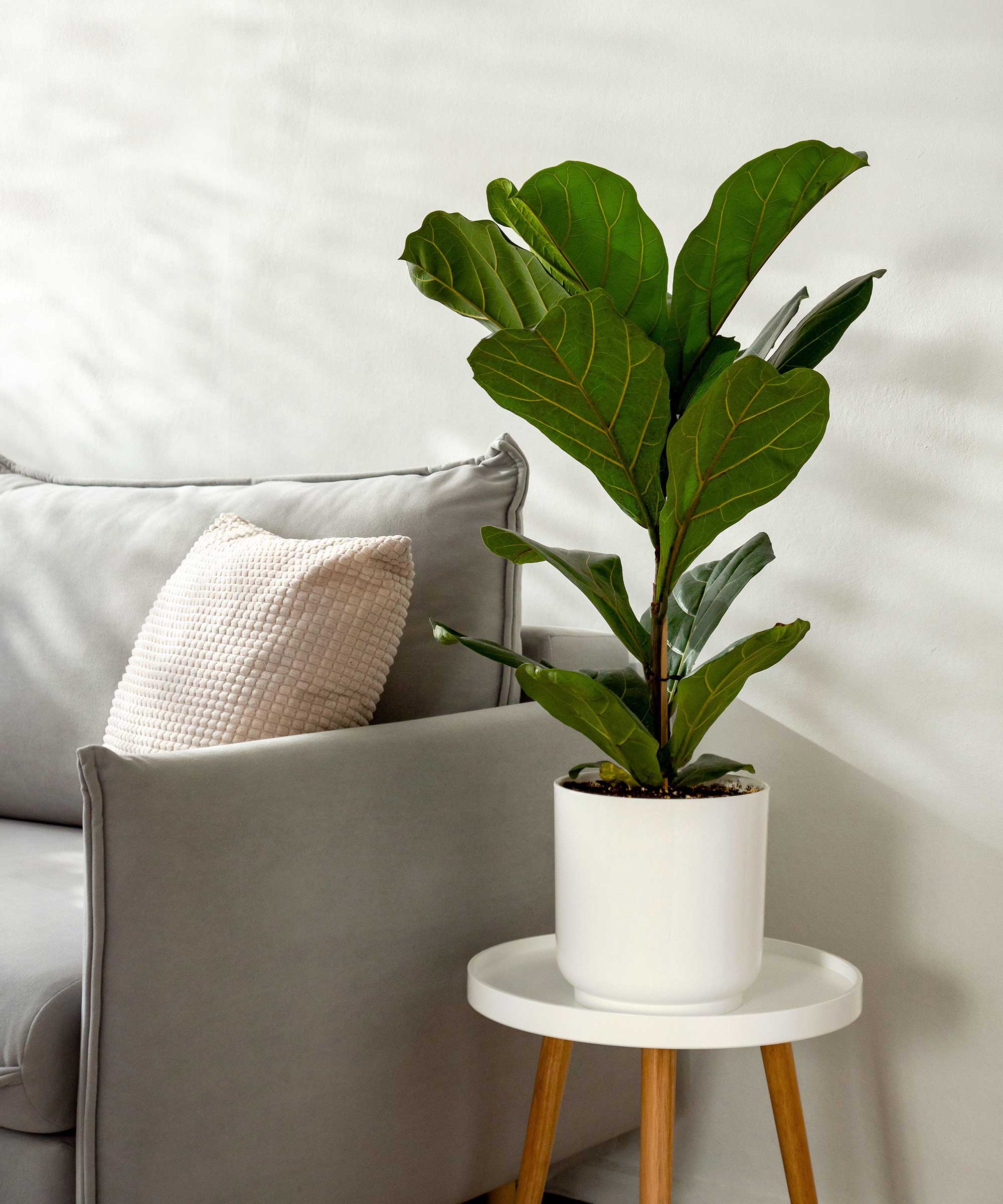
As the garden comes alive at the start of summer, indoors, fiddle leaf fig impresses with its tall structure and lobed leaves. It's one of the most popular indoor trees, offering full foliage to green up interiors.
Fiddle leaf figs are associated with boldness for this reason, making them a great choice for filling bare spots in your home.
To grow and care for a fiddle leaf fig, you need to ideally maintain room temperatures between 65-80°F and regularly mist with this plant mister from Amazon.
You can, of course, use other methods to increase humidity for indoor plants, too. This includes placing your fiddle leaf fig close to other plants, or using this humidifier from Amazon.
You can find a fiddle leaf fig for your home at Walmart.
Find a stylish planter for your houseplant
July: Aloe vera
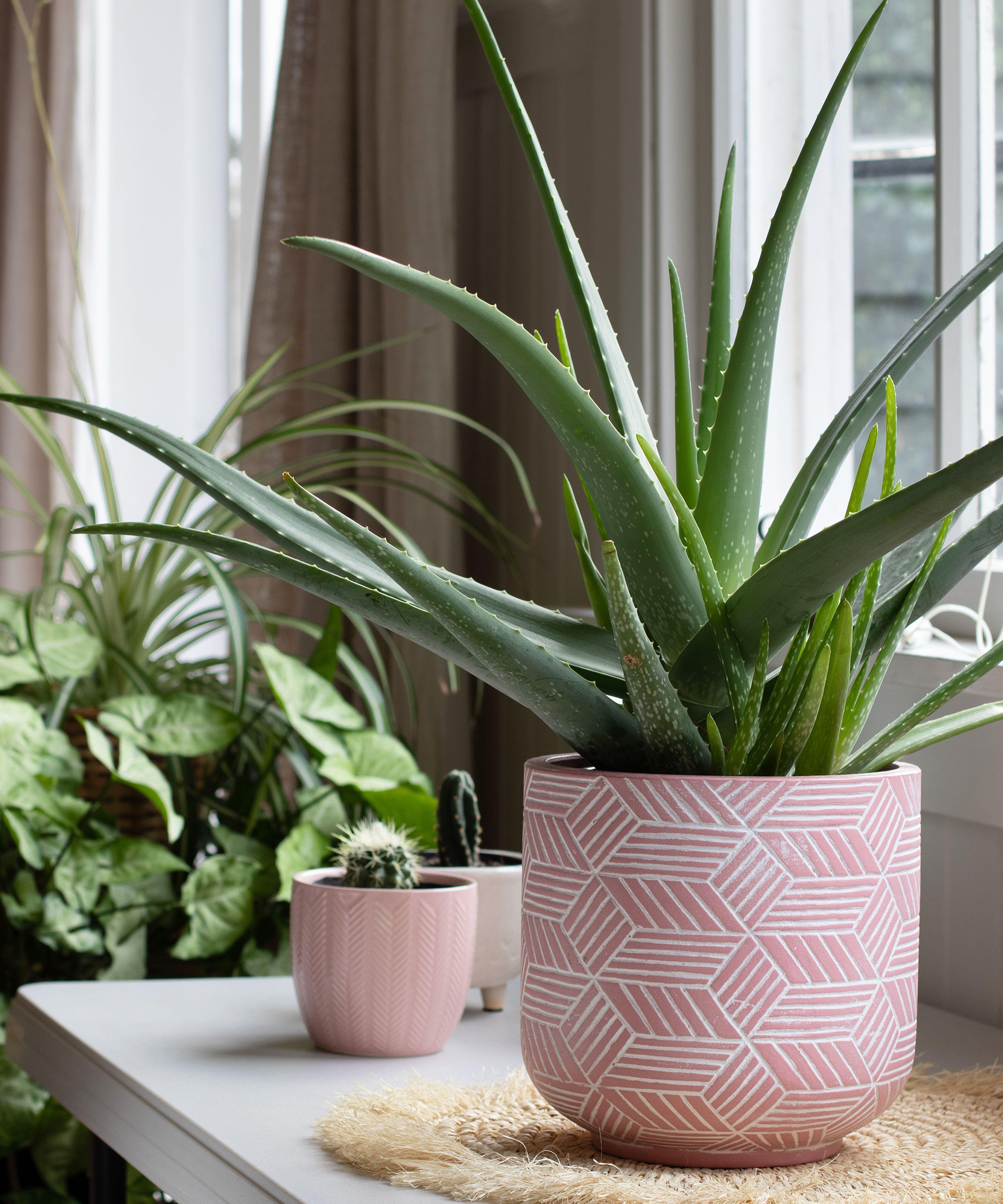
Aloe vera is a special plant in many ways. Not only is it a medicinal plant, it also makes the list of the Feng Shui plants, thought to ward off bad luck and negative energy.
There are also several unexpected uses of aloe vera plants, including using it as a food preservative, so it's a houseplant worth having in your home.
Not only this, but aloe vera plant care is really low-maintenance. I have one growing on my living room shelf where it sometimes gets forgotten about. Nevertheless, it's thriving and continuously puts on new growth.
This is thanks to it being a succulent, not needing watering often. It is important to prune aloe vera, however, when its foliage becomes damaged, I just use these houseplant snips from Amazon.
You can usually pick up an aloe vera plant at supermarkets, like this aloe vera plant from Walmart.
August: ZZ plant
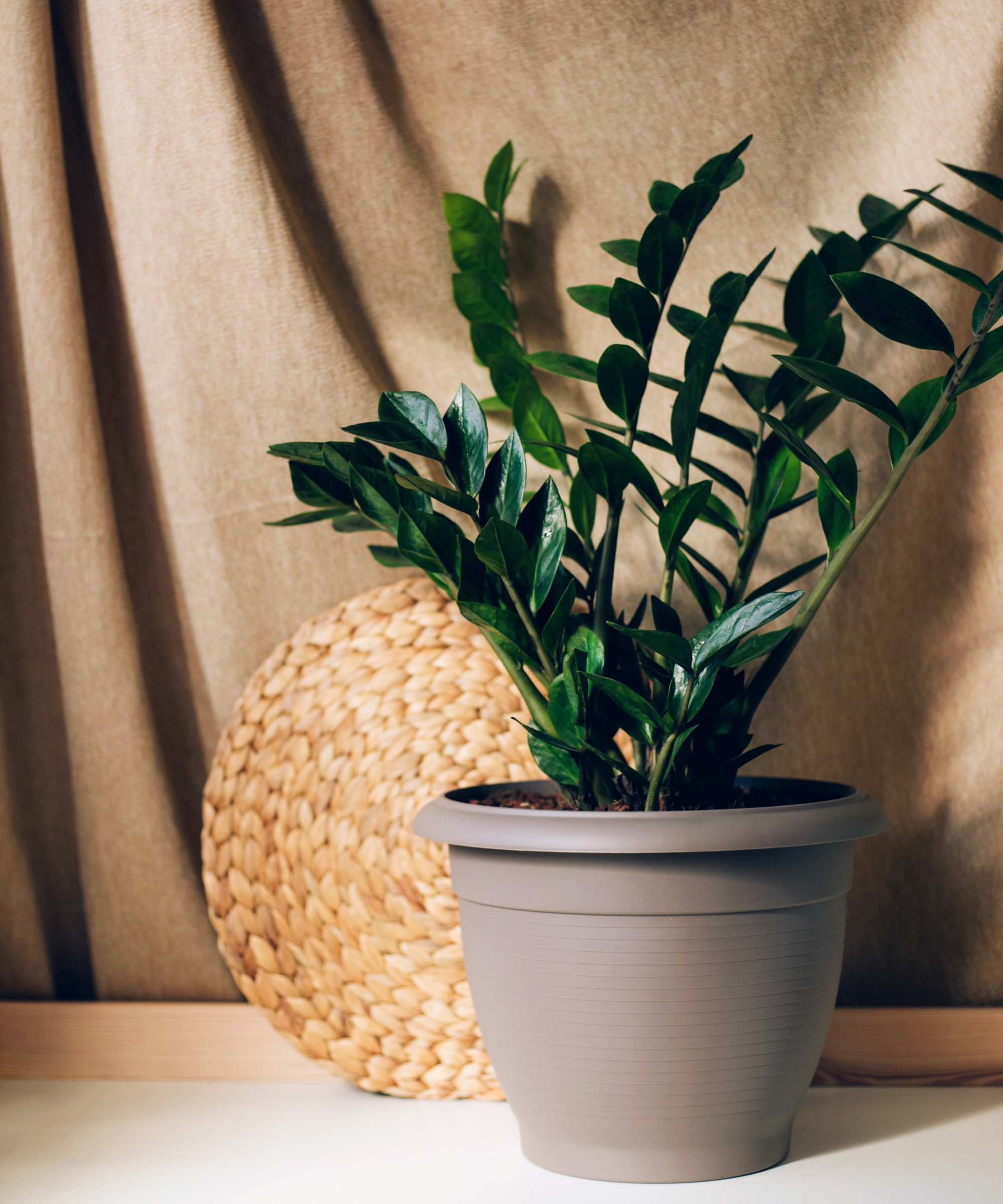
I'm pleased this is my own birth month houseplant, as ZZ plants are some of the most versatile to own. They're often thought to represent confidence and power, likely due to their striking appearance and low-maintenance nature.
The reason ZZ plant care is so easy is because it's an indoor low light plant, able to grow in shadier spots of the home. Not only this, but ZZ plants are relatively drought-tolerant, only needing watering when the soil is completely dry.
I tend to find ZZ plants capture a lot of dust on their foliage, which can dull their otherwise glossy appearance. There's an easy fix, though, just clean houseplant leaves with these microfibre cloths from Walmart.
Whether you're looking for the iconic black ZZ plant (from The Sill) or rather a green ZZ plant (from Walmart), these plants are sure to add drama to your interiors.
September: Pothos
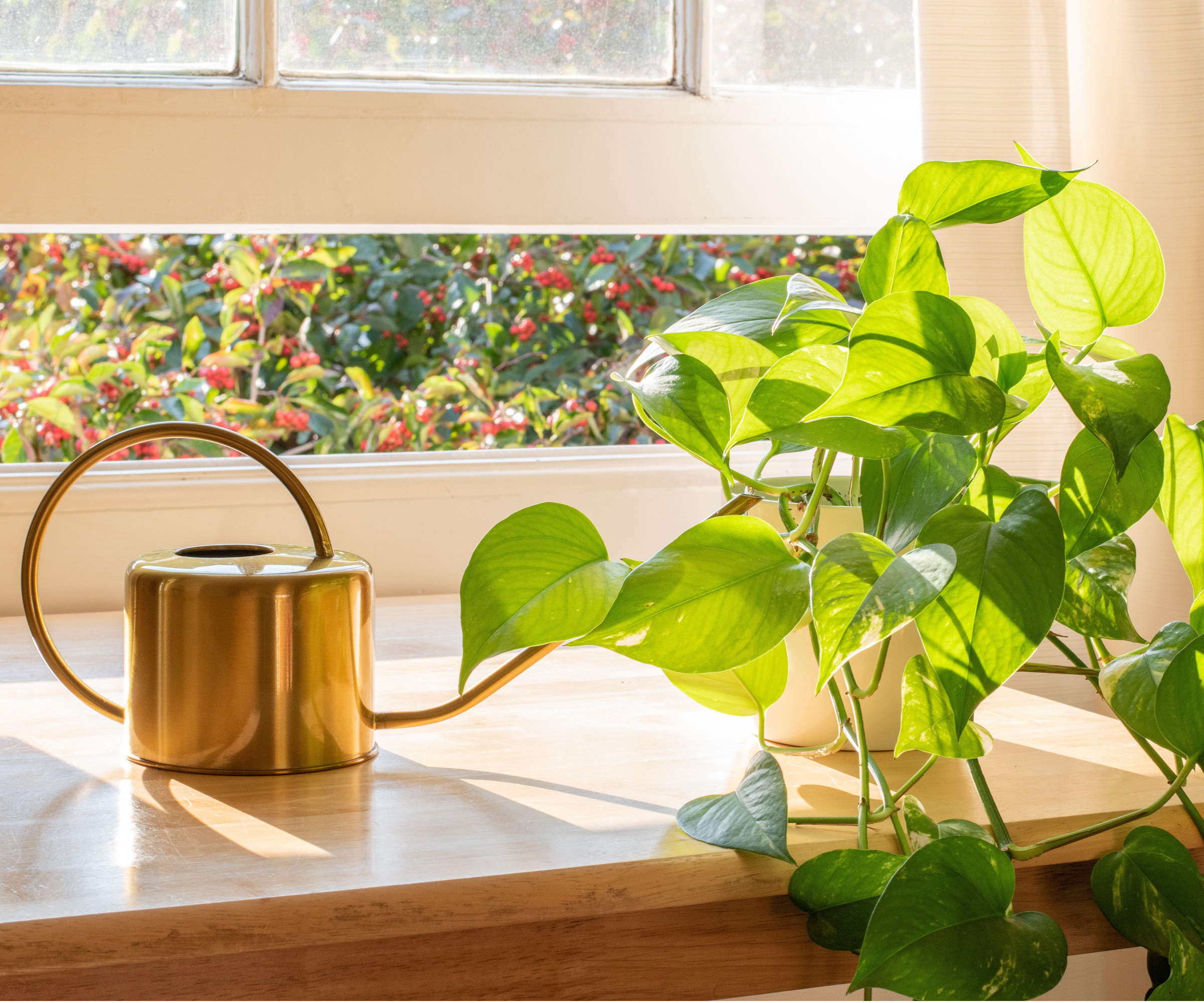
This is one of the most popular indoor plants and for good reason. There are lots of pothos varieties, some with vibrant yellow tones and patterns (like this golden pothos from Walmart), all of which are unproblematic to care for.
They're also thought to be a lucky houseplant, good news for those born in September.
Pothos plant care requires waiting until your pothos looks droopy to give it a top up of water. Overwatering is a common pothos mistake that can cause it to discolor.
If you have a variegated type, make sure to also provide enough sun to maintain its color.
October: Rubber plant
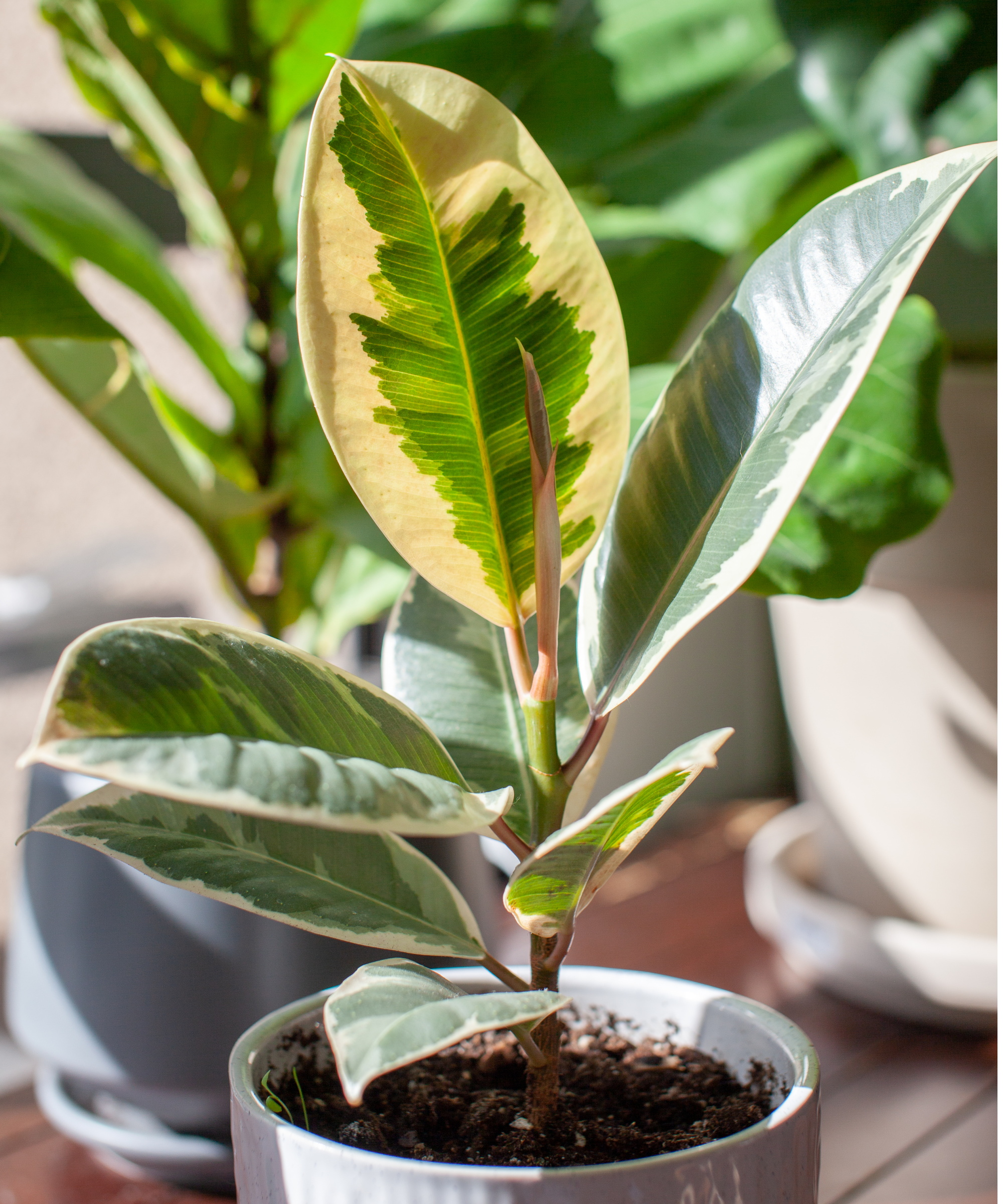
For October birthdays, rubber plant is the birth month houseplant to gift. This is a plant often thought to represent wisdom and order, standing tall with its robust foliage.
You have to be careful when caring for a rubber plant because too much or too little water, too cold temperatures, and not enough light can all cause your rubber plant to drop leaves.
If you want something a bit more colorful than a regular rubber plant, consider a variegated rubber plant (from The Sill) – pictured above, it boasts stunning, creamy colors.
You can also prune your rubber plant to encourage branching and achieve a bushier appearance.
November: Calathea
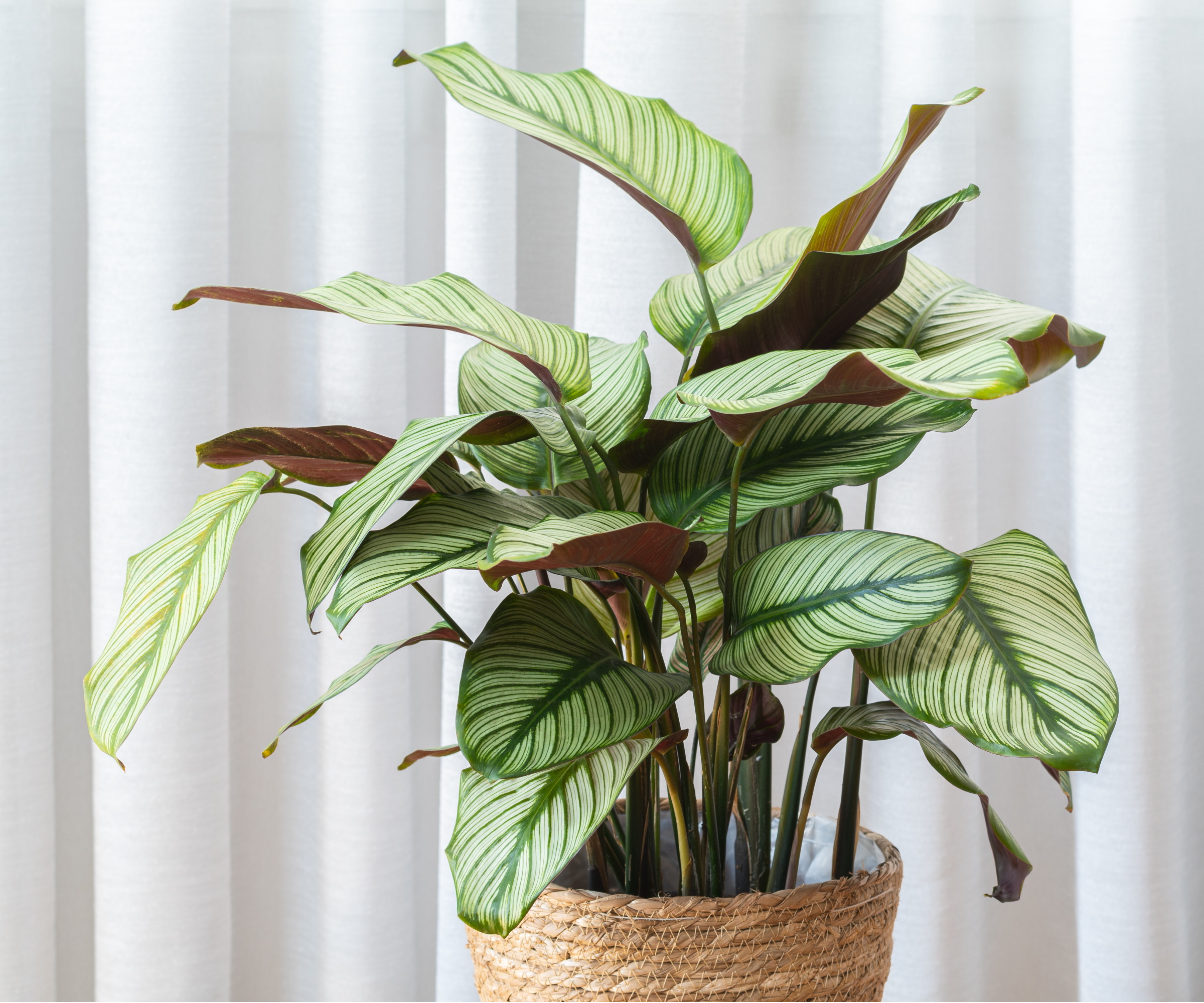
As the season starts to get frostier and more challenging again, a trickier houseplant takes center stage. But despite it's difficult nature, it's one of the most beautiful plants you can grow.
In fact, there are lots of calathea varieties to choose from, all with different colors and patterns. This rattlesnake calathea from The Sill is a popular choice, for example.
The trick to getting calathea care right is not being tempted to water too frequently. This will cause calathea leaves to turn yellow, while too little water will cause calathea leaves to curl.
It took me a while to master looking after a calathea, but I find keeping humidity levels up helps. That's why I use a pebble tray for them (like this one from Amazon).
If you do embark on caring for one of these plants, make sure to read up on calathea mistakes to avoid.
December: Christmas cactus
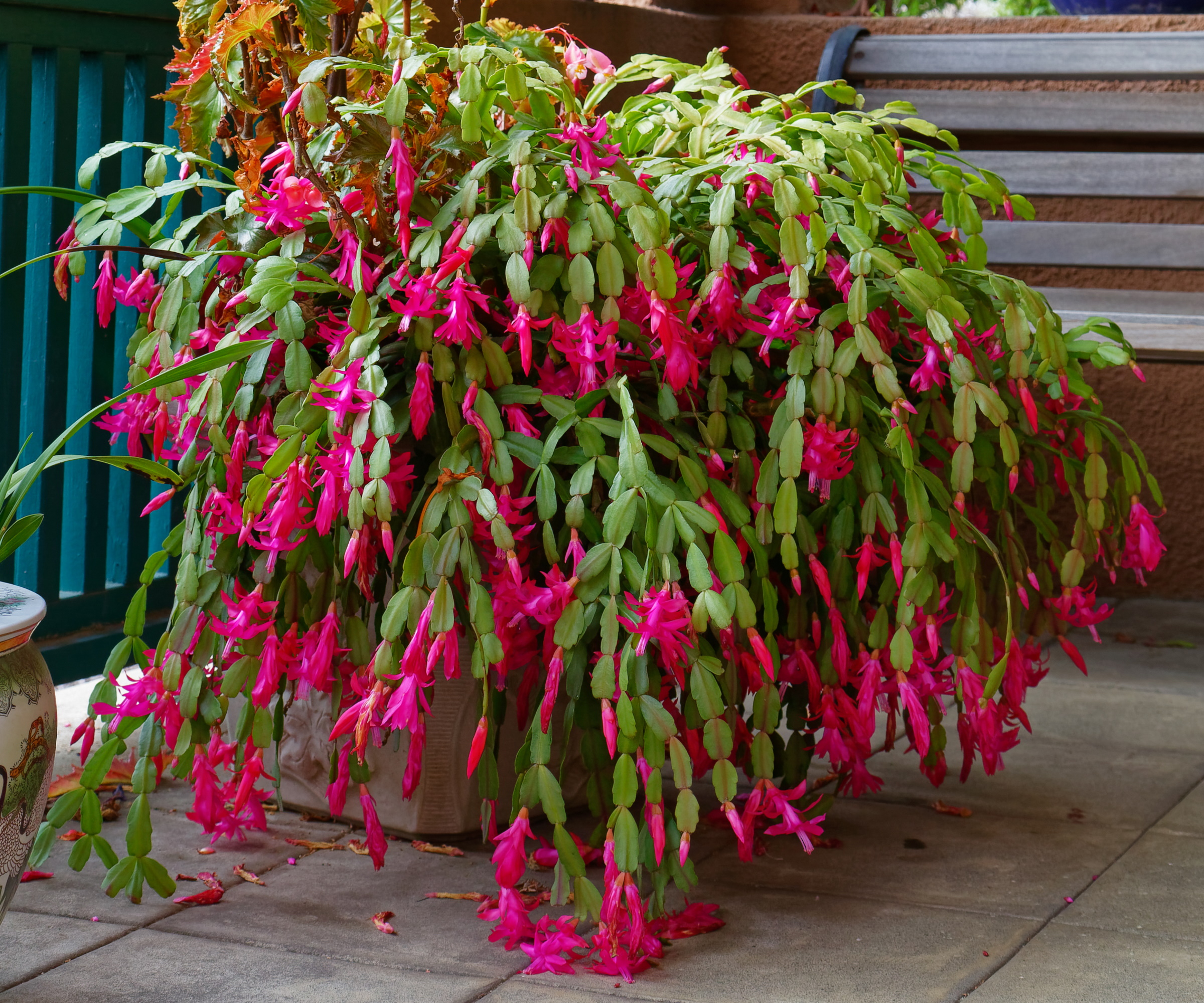
It's not surprising to find Christmas cactus is the birth month houseplant for December, with this being the month of winter holidays.
With it blooming during the dark days of winter, it's also thought to represent hope and renewal, ahead of a brand new year starting.
To get a Christmas cactus to bloom, you have to take some specific steps. This includes keeping your Christmas cactus in darkness for a short period to help kickstart flowering.
Likewise, correct Christmas cactus care requires pruning a Christmas cactus to keep it in a healthy condition. You may also find this Christmas cactus fertilizer from Amazon aids your plant's overall health.
FAQs
Where do birth month houseplants originate from?
Birth month houseplants don't have an exact origin, but they are likely to have been adapted from the popularity of birth month flowers. Birth month flowers have a history that dates back to ancient Roman times, although their exact origin is uncertain.
Before getting your hands on your birth month houseplant, don't forget to read our guide on common indoor plant mistakes to ensure success with caring for them. Likewise, get your plant care kit together:

Tenielle is a Gardens Content Editor at Homes & Gardens. She holds a qualification in MA Magazine Journalism and has over six years of journalistic experience. Before coming to Homes & Gardens, Tenielle was in the editorial department at the Royal Horticultural Society and worked on The Garden magazine. As our in-house houseplant expert, Tenielle writes on a range of solutions to houseplant problems, as well as other 'how to' guides, inspiring garden projects, and the latest gardening news. When she isn't writing, Tenielle can be found propagating her ever-growing collection of indoor plants, helping others overcome common houseplant pests and diseases, volunteering at a local gardening club, and attending gardening workshops, like a composting masterclass.
You must confirm your public display name before commenting
Please logout and then login again, you will then be prompted to enter your display name.
